10 of the Most Beautiful Villages in Italy
We’re excited to share this guest post with you from Rebecca Hughes of La Brutta Figura: Unlocking Italy. She’s a Scottish travel writer, adopted by Italy, who took on a challenge we’d love to do ourselves: visiting all of the most beautiful villages in Italy! Today Rebecca is sharing some of her best finds with us.
Loro Ciuffenna, Tuscany
Loro Ciuffenna is a cluster of coloured houses teetering either side of a deep gorge. The gorge is conquered by a beautifully formed medieval bridge leading to the Porta dell’Orologio, the entrance to the old borgo of 3000 inhabitants.
Mysterious narrow alleys duck beneath houses and then suddenly open out into sunlit squares decorated with flowers, old brooms and washing.
Spring is the ideal time to visit, when the wisteria cascades down walls and perfumes the air.
The medieval church of Santa Maria Assunta houses a shimmering golden altarpiece by Bicci di Lorenzo, while a short way out of Loro Ciuffenna you can visit the mystical countryside church (pieve) of San Pietro a Gropina. The cavernous stone interior enchants the visitor with enigmatic Lombard sculptures of sirens, serpents and knotted columns.
Vipiteno, Trentino-Alto Adige 

Vipiteno is located in the region of South Tyrol, once part of a larger German speaking area that was divided between Italy and Austria after the war.
While there were many brutal attempts to ‘Italianise’ the population, they were ultimately unsuccessful and the area remains distinctively ‘Austrian’ in culture. Vipiteno is the most attractive town in this area featuring classic Alpine architecture of crowstepped gables, pastel coloured buildings and pretty wooden signs.
At the end of the main street there is a theatrical backdrop of snowy mountains. In restaurants and shops you can find many Tirolese products like sachertorte, speck and canederli (like dumplings but made from bread).
Just south of Vipiteno, Castel Tasso sits astride a commanding rock, and is one of the oldest, most historically rich and best preserved castles in the region.
Read next: 7 Hidden Gems on Tuscany’s Etruscan Coast
Pitigliano, Tuscany
Pitigliano’s dramatic silouette topping an outcrop of tufo rock is best admired at sunset from the higher road leading out of the town (Strada Regionale 74). But Pitigliano doesn’t just rise up from the rock, as for centuries residents excavated a hidden city into the rock itself.
All around the base of the outcrop are caves used for storage or as stables. Higher up, nearer the town, cellars and shops have been hollowed out from the rock, and you could even be lucky enough to sleep in a grotto.
Inside the town itself the most notable underground caves are in the Jewish Ghetto. There is a ritual bath, wine cellar, slaughter house and bakery all beneath the ground. Although there are no longer any Jews living in the Ghetto, you can still buy traditional kosher products and visit the synagogue.
In the valley beneath Pitigliano you can explore the overgrown Vie Cave, a complex of Etruscan roads and caves concealed in the woods.
Alberobello, Puglia
Alberobello has become popular due to its clusters of trulli, idiosyncratic conical houses with removable roofs. They could be something out of a Grimm’s fairytale, but in fact their history is a little more prosaic.
My preferred explanation for their form is from local legend. As the story goes, the roofs were constructed without cement so that when the landowner visited to collect taxes for the houses the occupants simply pulled down the roof so it could not longer be classified as a house, and then rebuilt it once he’d left. Another equally dubious explanation is that easily removable roofs allowed for swift expulsion of unwanted tenants.
Since around the 14th century these dwellings have been constructed in the Itria Valley. Although they now delight visitors with their quaint miniaturism, their original residents found them uncomfortably cold and damp in winter. Many can be visited inside, but look out for the arcane symbols painted in white on the roofs as well.
Locorotondo, Puglia
A delightfully disorienting circular labyrinth with white houses and streets glinting in the sun, Locorotondo (the name deriving from ’round place’) can be found deep in the Valle d’Itria, surrounded by vineyards.
On arrival there is a postcard view of gleaming white facades, elegant, clean and joyous with geraniums in summer.
Locorotondo is home to the Trullo of the Marziolla contrada, the oldest trullo in Puglia, with the inscription 1559 over the entrance. The borgo as a whole is like a settlement of a Greek island, where narrow streets twist between simple, white washed houses.
The traditional house has a particular roof design called ‘cummerse’, formed in a high peak and constructed without cement. The peak gives the houses an almost nordic appearance, but it is very much local.
Borghetto, Veneto 

This precious borgo consists of a handful of houses gathered near an ancient ford crossing of the Mincio River. On the border between water and land, and between the Veneto and Lombardy regions, it was a stopping place for pilgrims, travellers and merchants during the Medieval period, who could always find good food, a good glass of wine and a bed for the night.
To cope with the growing traffic crossing between regions, from the 18th century a network of ‘locande’ with stables developed, which still translates today into a surprising number of restaurants (40) for such a small town.
After a Spritz in one of the bars overlooking the water, you can visit the Visconteo Bridge – an extraordinary fortified dam built in 1393 by Gian Galeazzo Visconti – and the Scaligero Castle, which dominates over the Mincio with its towers and battlements. The oldest part is the Torre Tondo dating from the 12th century, while the rest of the complex is 14th century.
Asolo, Veneto
Asolo’s streets may be colourful and flower-adorned, but the majesty of its palazzi with their faded frescoes exudes an ancient, poetic mystique. It’s not surprising, therefore, that it has been the inspiration for, or featured in, many artists’ work.
Here the Venetian Malipiero composed his anarchic music, while writer Giovanni Comisso lauded Asolo as an ‘ecstatic dream that one does not want to wake from’. Asolo also entranced one of the most important English poets who wrote about Italy, Robert Browning. Down Via Browning you can visit Casa Tabacchi where Browning wrote the poem ‘Asolando’.
In the main square you can frequently find an antique market, and you can visit the Cathedral housing a masterpiece of Lorenzo Lotto from 1506.
Leaving the town by Porta Colmarion, 276 steps lead the visitor to a 13th century fort at the top of Monte Ricco. From here you can enjoy a magnificent view of the surrounding landscape.
Giglio Castello, Tuscany
Giglio Castello crowns the tiny island of Giglio. The old borgo, located inside the medieval castle walls, is a disorientating warren of uneven rocky streets. From the fortified walls you can survey the island laid out beneath you and, on clear days, you can see Isola d’Elba and even Corsica.
The local church holds a surprise for art lovers – an exquisite ivory sculpture of the crucified Christ attributed to Giambologna – and for history lovers – a pistol left by Tunisian pirates attacking in 1799.
The local Ansonaco wine in best tasted during the cantine aperte (open cellars) in the last week of September, when the little village becomes a giant restaurant with starters in one cellar, an industrial sized barbeque on the walls, dessert inside the Aldobrandeschi fortress, and wine offered everywhere.
Barga, Tuscany
Located near Lucca in Tuscany, Barga is known as ‘the Scottish town’. With the unification of Italy, Barga lost many trading powers and suffered a period of slow economic decline.
As such many residents emmigrated to America or Britain, and particularly Scotland. Famous Scots with Barga heritage include violin prodigee Nicola Benedetti and singer Paolo Nutini. Scottish artist John Bellany found inspiration in Barga for his light-filled paintings, and bought a house there in the last decade of his life. Perhaps as a legacy of this prominent artist, there is a profusion of contemporary art galleries in Barga.
The town and the surrounding Valle del Serchio has a distinctively poetic landscape, captured in poet Giovanni Pascoli’s famous description of a hidden bell tolling from across the hills that seems to come from Heaven itself.
Pietrapertosa, Basilicata
The region of Basilicata seems to receive less tourism than most others, but perhaps this is only because some of its most beautiful features require tourists to get proactive. Two of its most attractive villages, Pietrapertosa and Castelmezzano, cling to jagged rocky crags over 1000m above sea level.
It’s not the typical image of the south of Italy. In winter Pietrapertosa can be blanketed in snow, and even in summer it can be quite cool.
Inside the town you can climb the Scalette (stairs) that wind past houses that are half rock-face, half masonry. The town has a well-worn look about it, like it’s constantly battling the elements, and the life-style is far from that of a pictureque Tuscan village.
Like much of the south, the older generations are still very traditional, and elderly women cover their heads with scarves.
From Pietrapertosa it’s 30 minutes by car to Castelmezzano, but there’s a much faster route for the fearless – zip wiring from one peak to the other.
✈️ Protect your Italy trip with Travel Insurance – We’ve started using Nomad Insurance by Safety Wing for affordable evacuation, international medical, and trip coverage.
What travel restrictions and rules are in place in Italy?
Find post-pandemic travel updates for Italy here:
What you need to know about Italy travel right now
You might also like these posts:
A Guide to Unconventional Accommodations in Italy
A Do It Yourself Guide of Tuscany’s Etruscan Coast
Cooking in Tuscany with Chicca
A Self Guided Walking Tour of Florence, Italy: 1 or 2 Day Itinerary
Like this post? Pin it for later or share with friends!

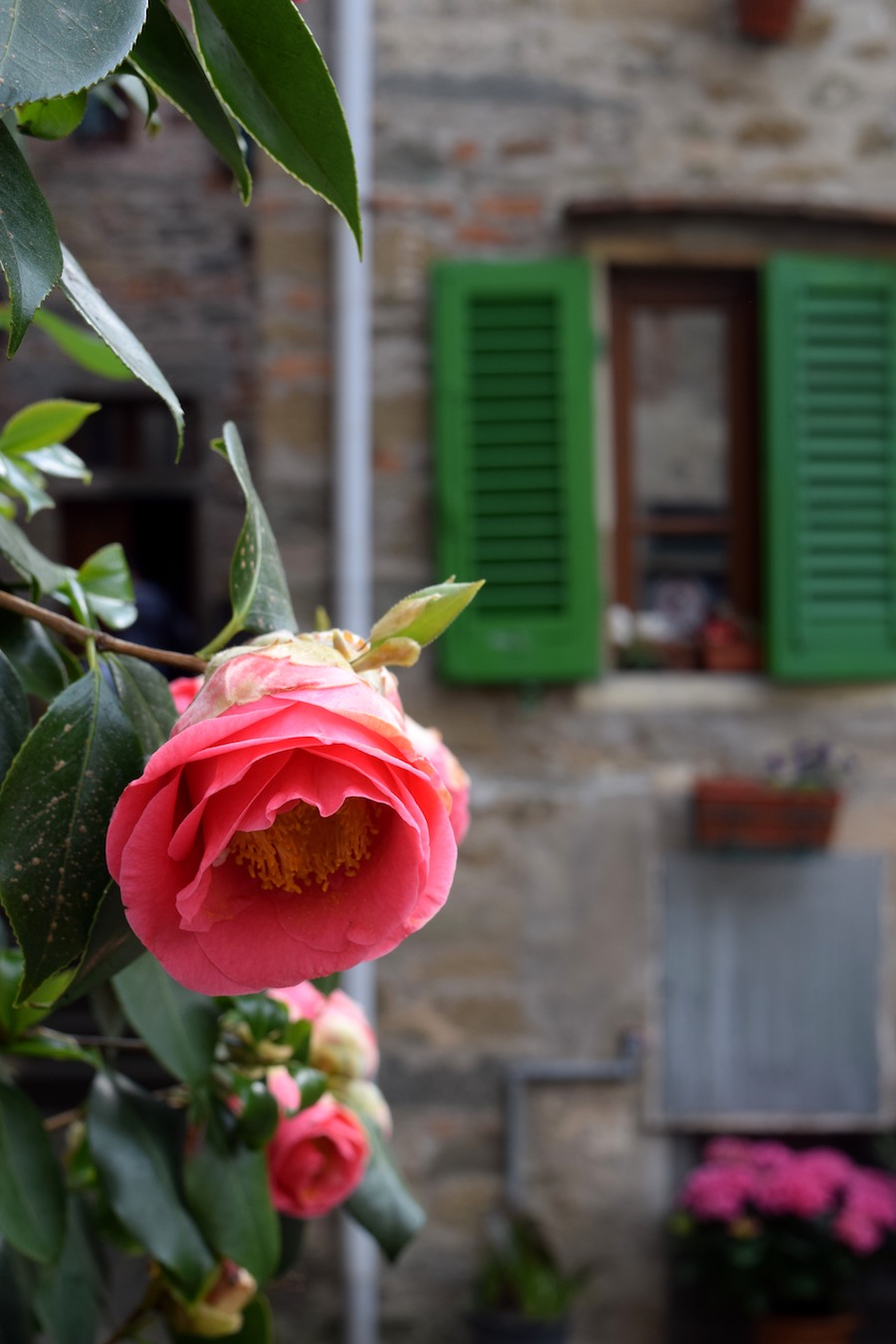
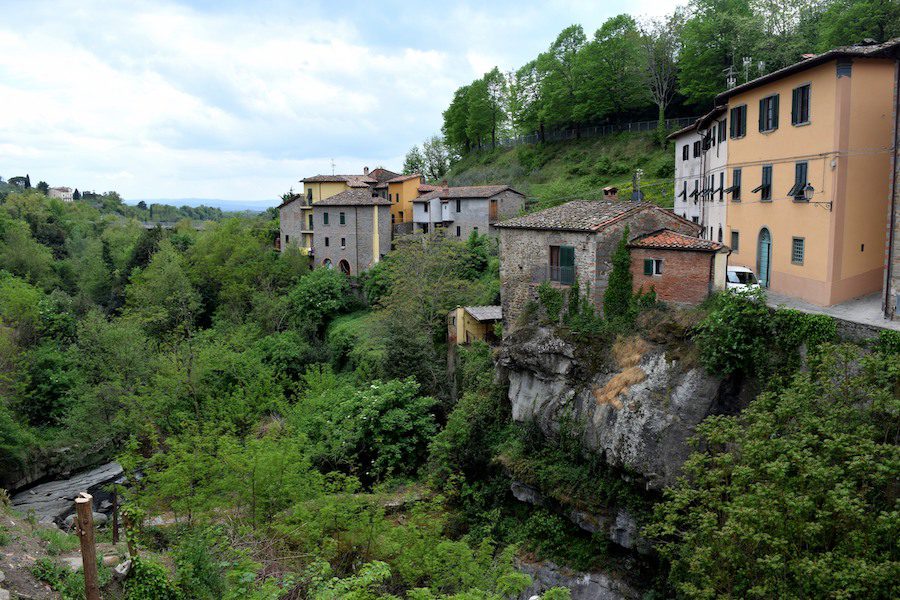
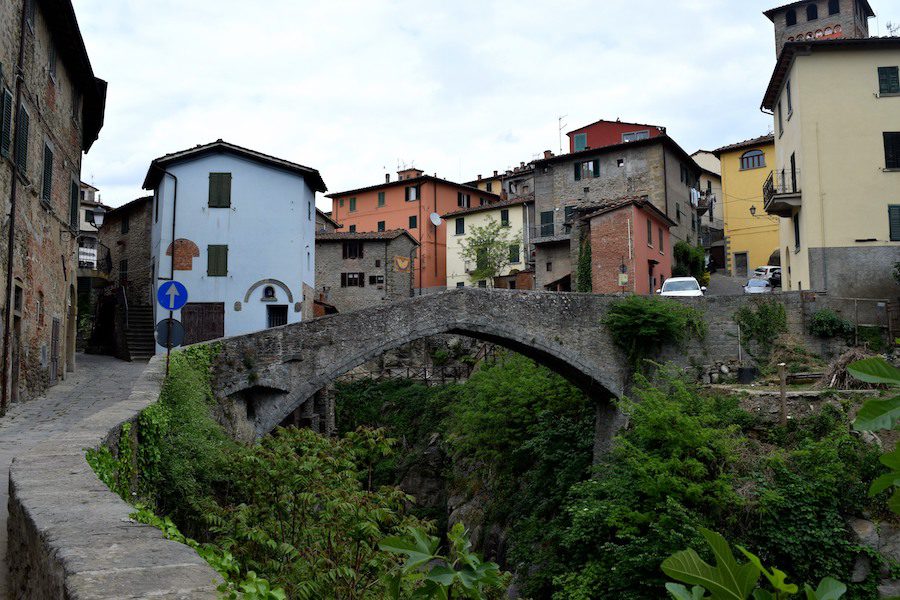

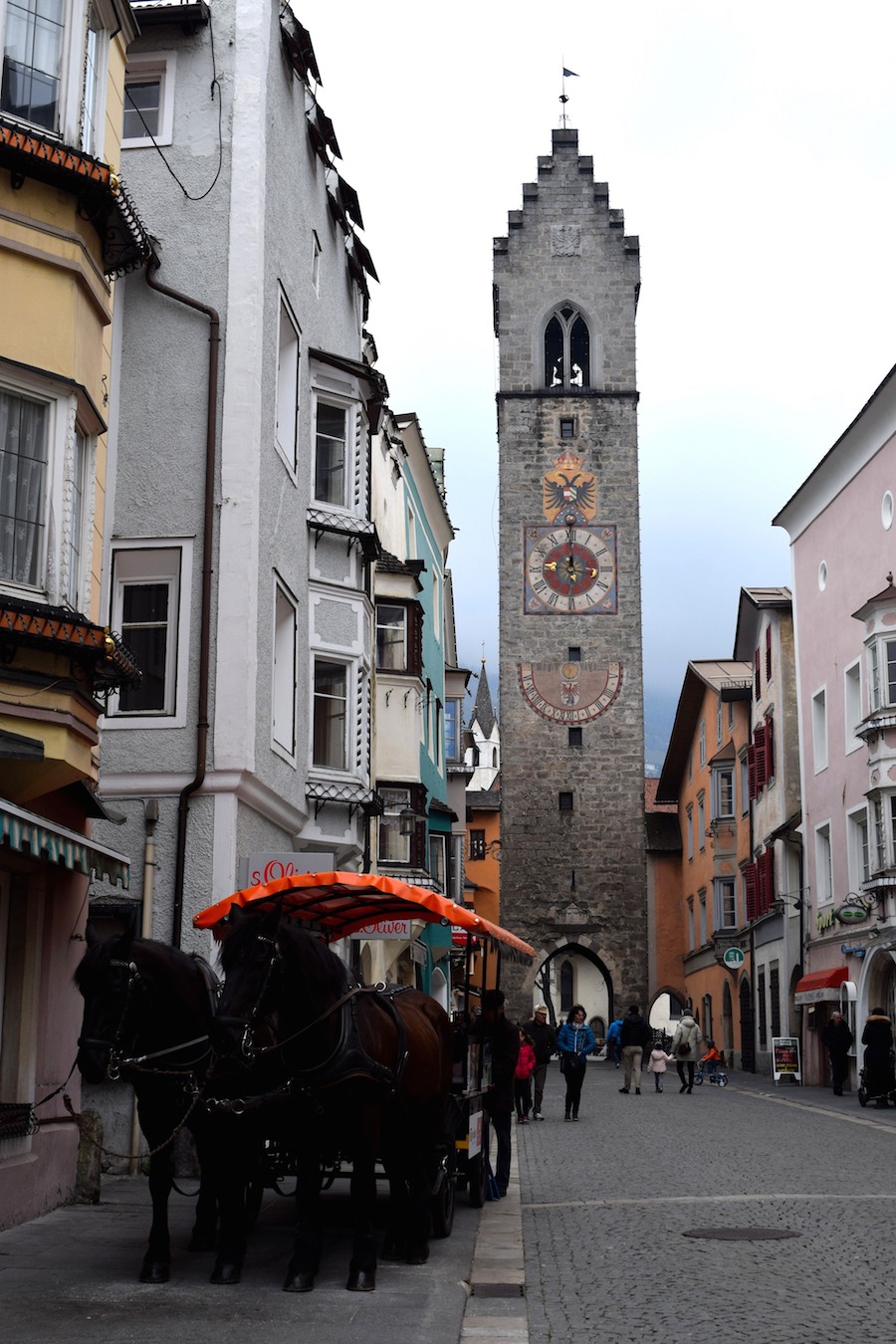
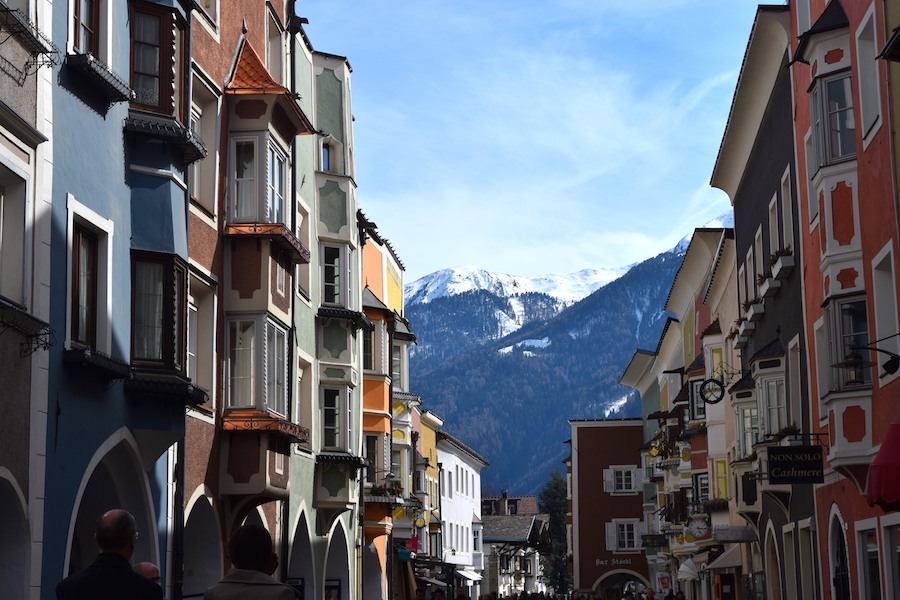
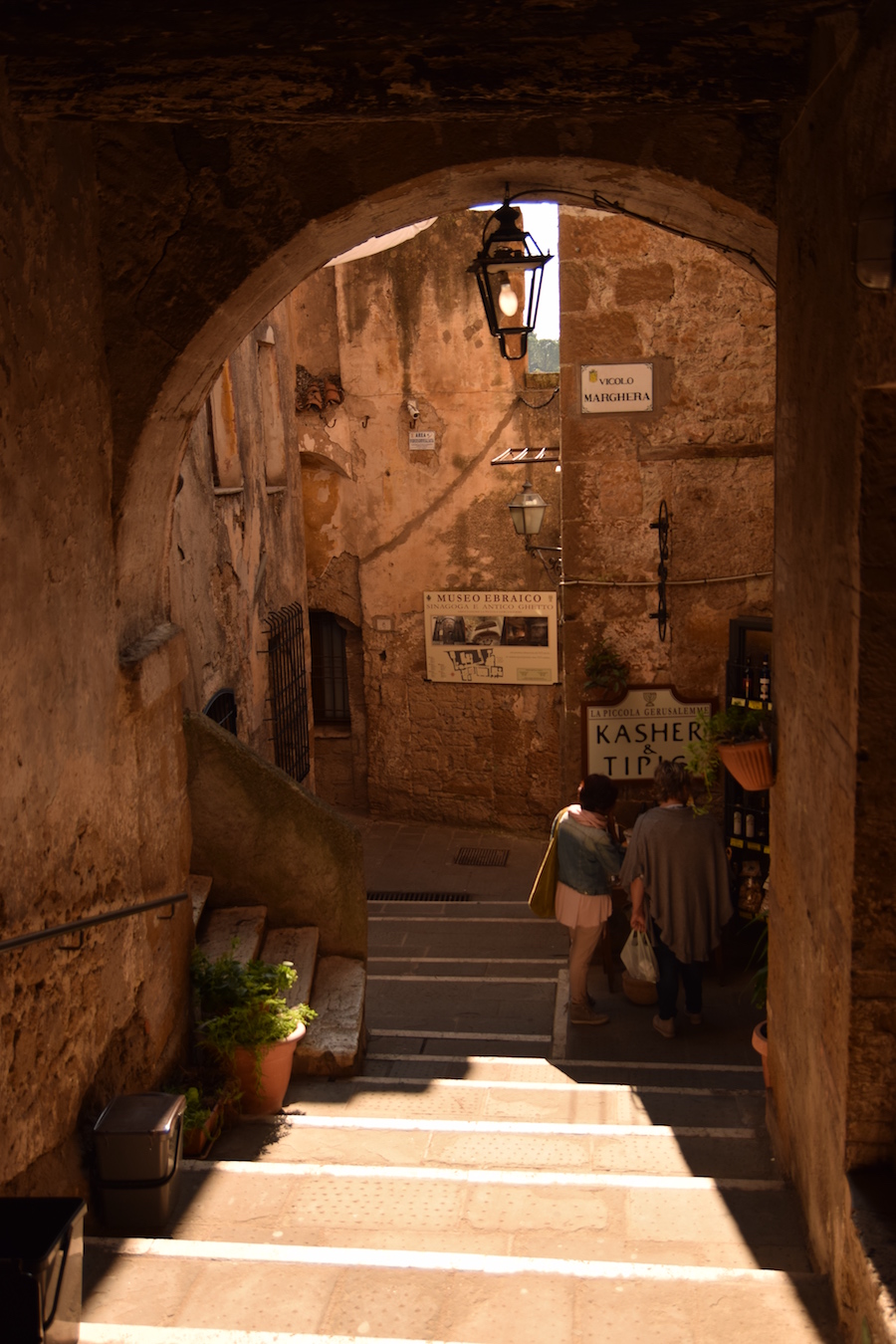
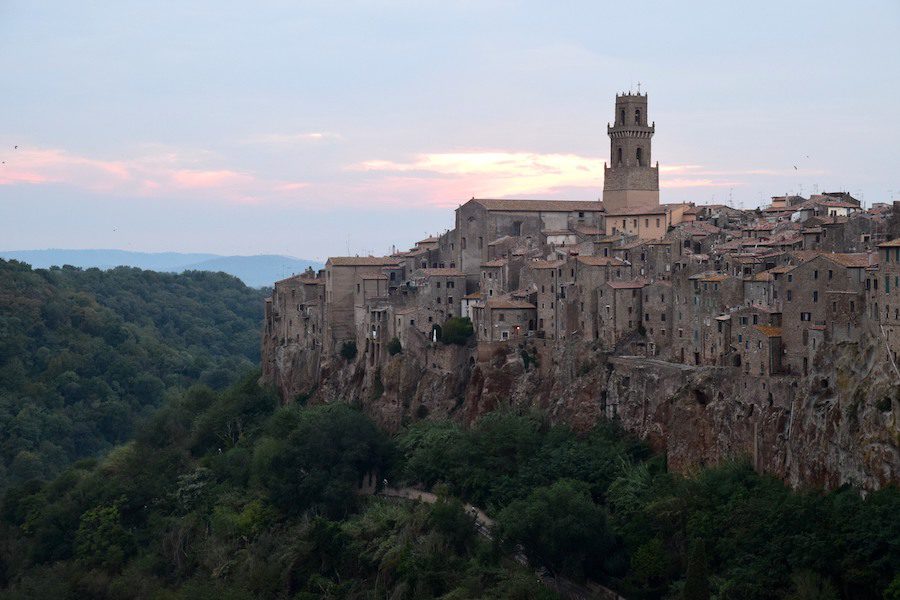

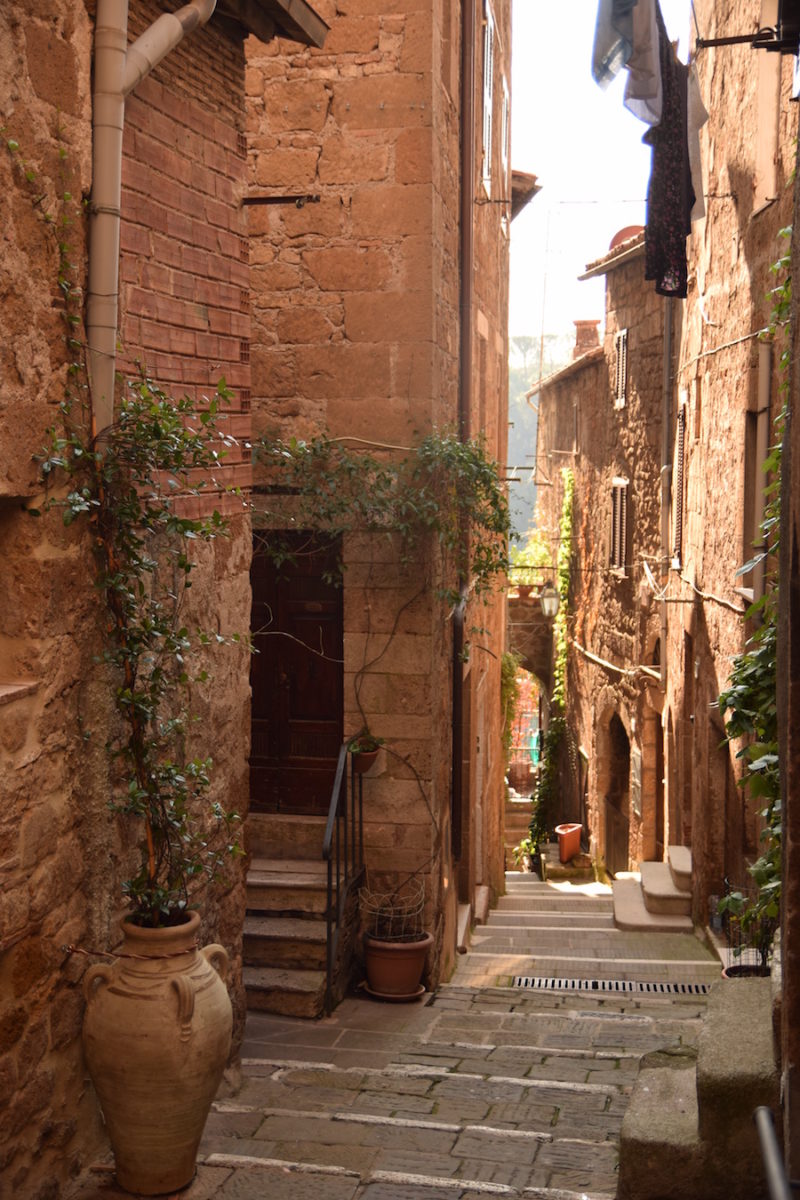
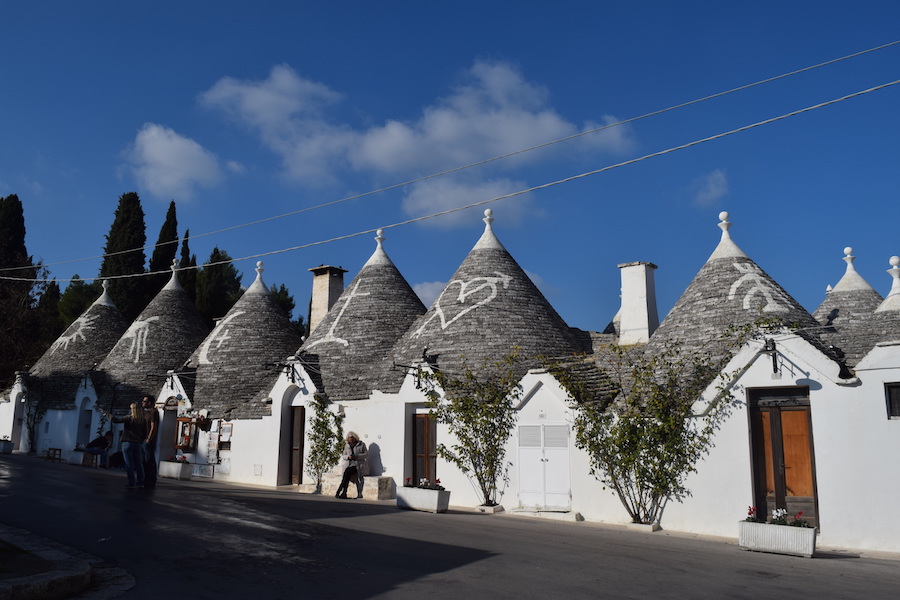

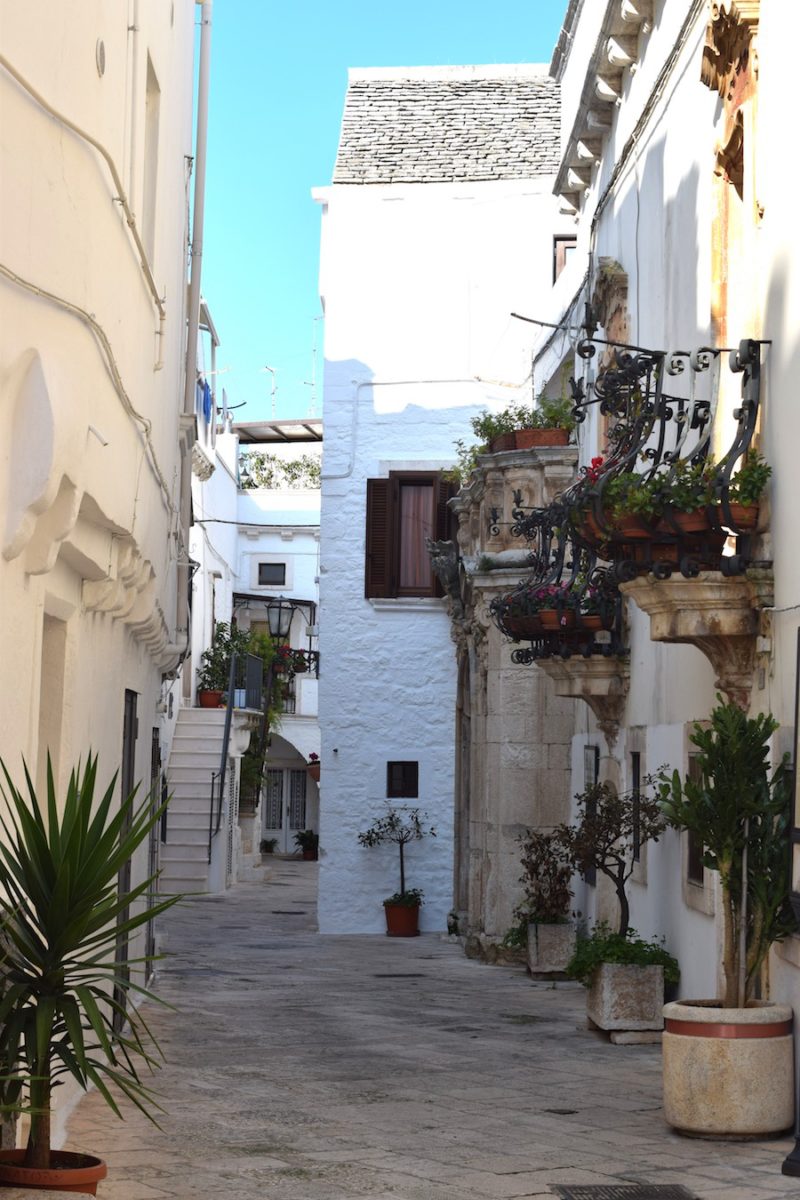
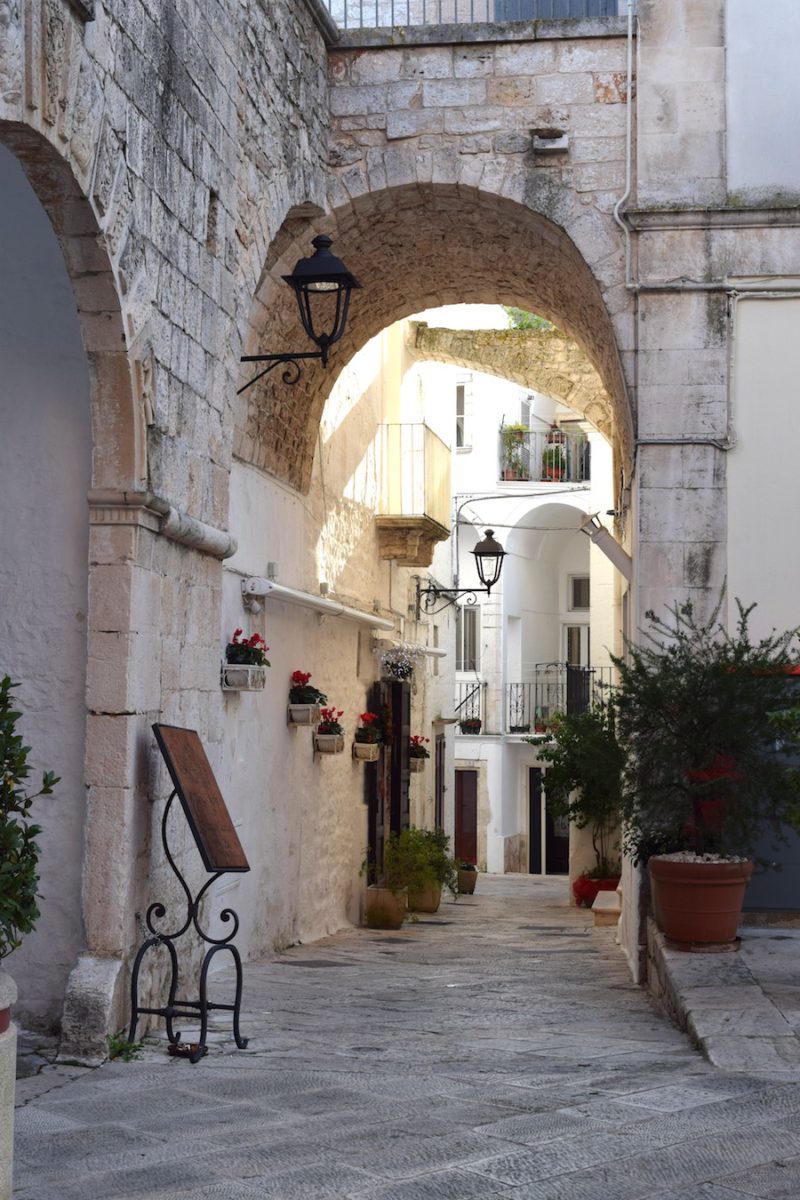
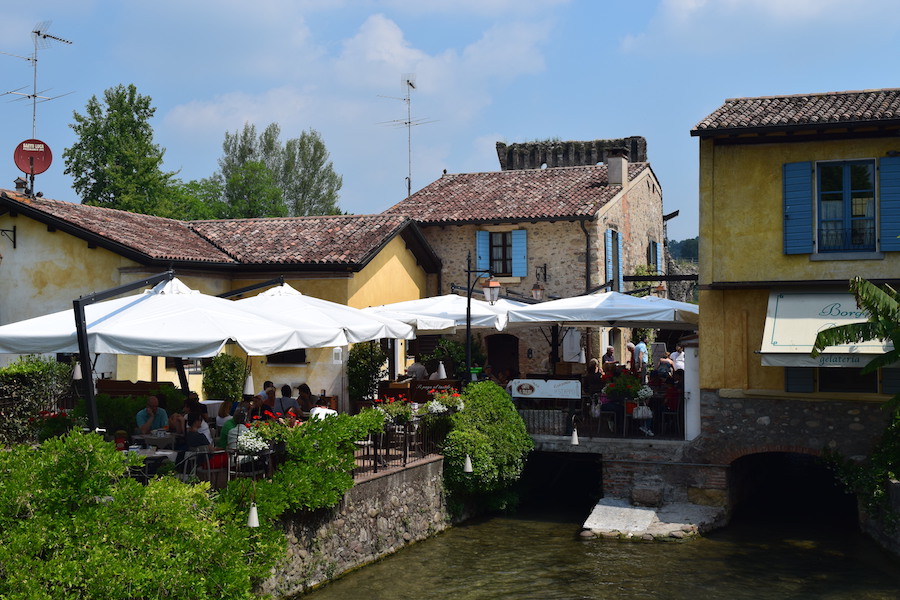
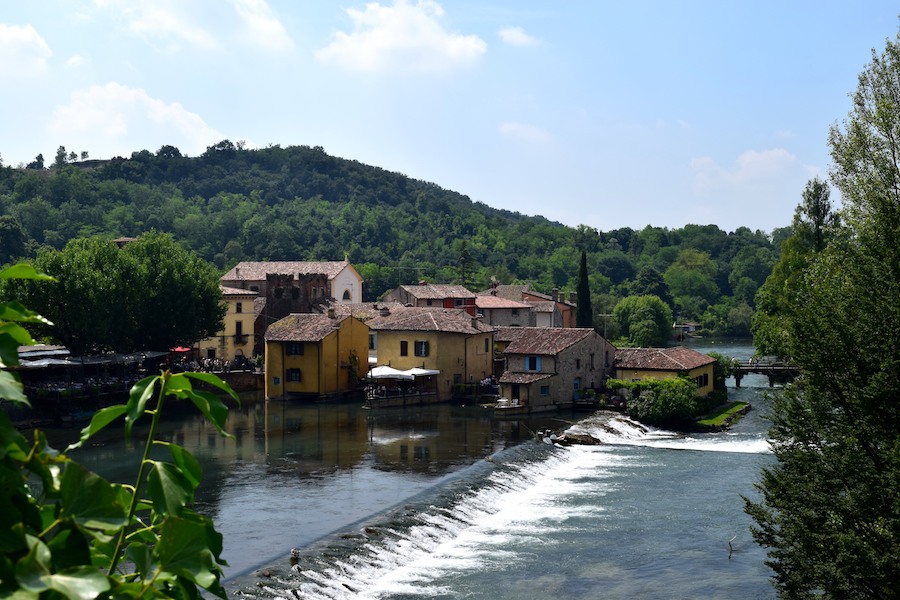
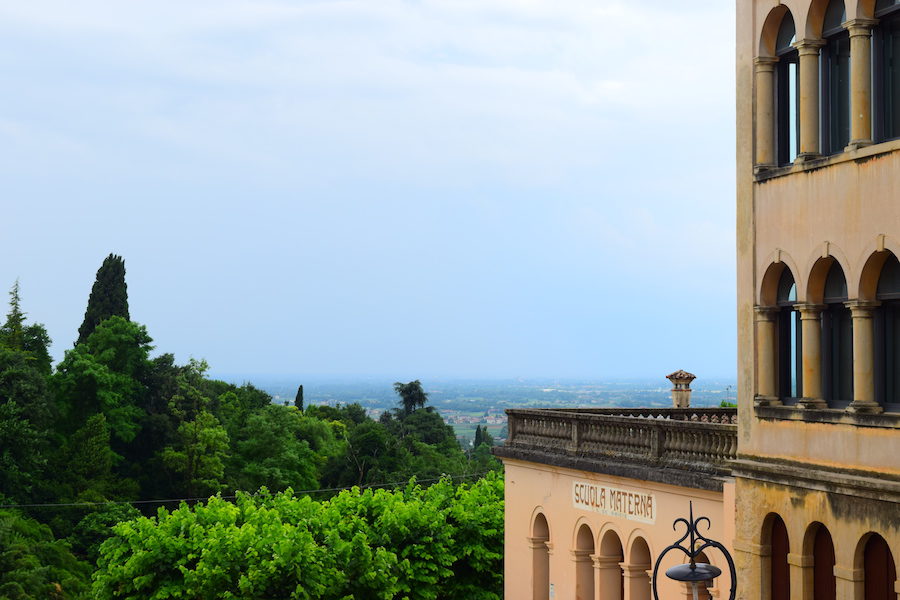
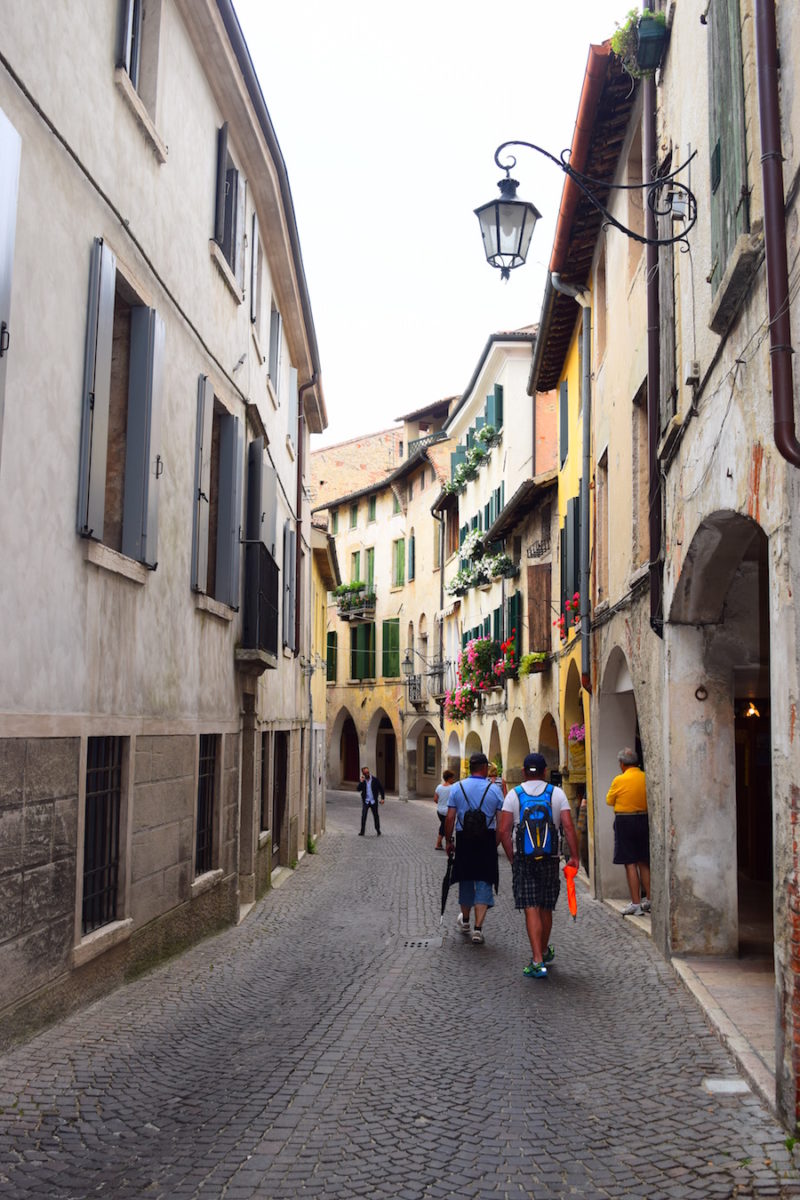
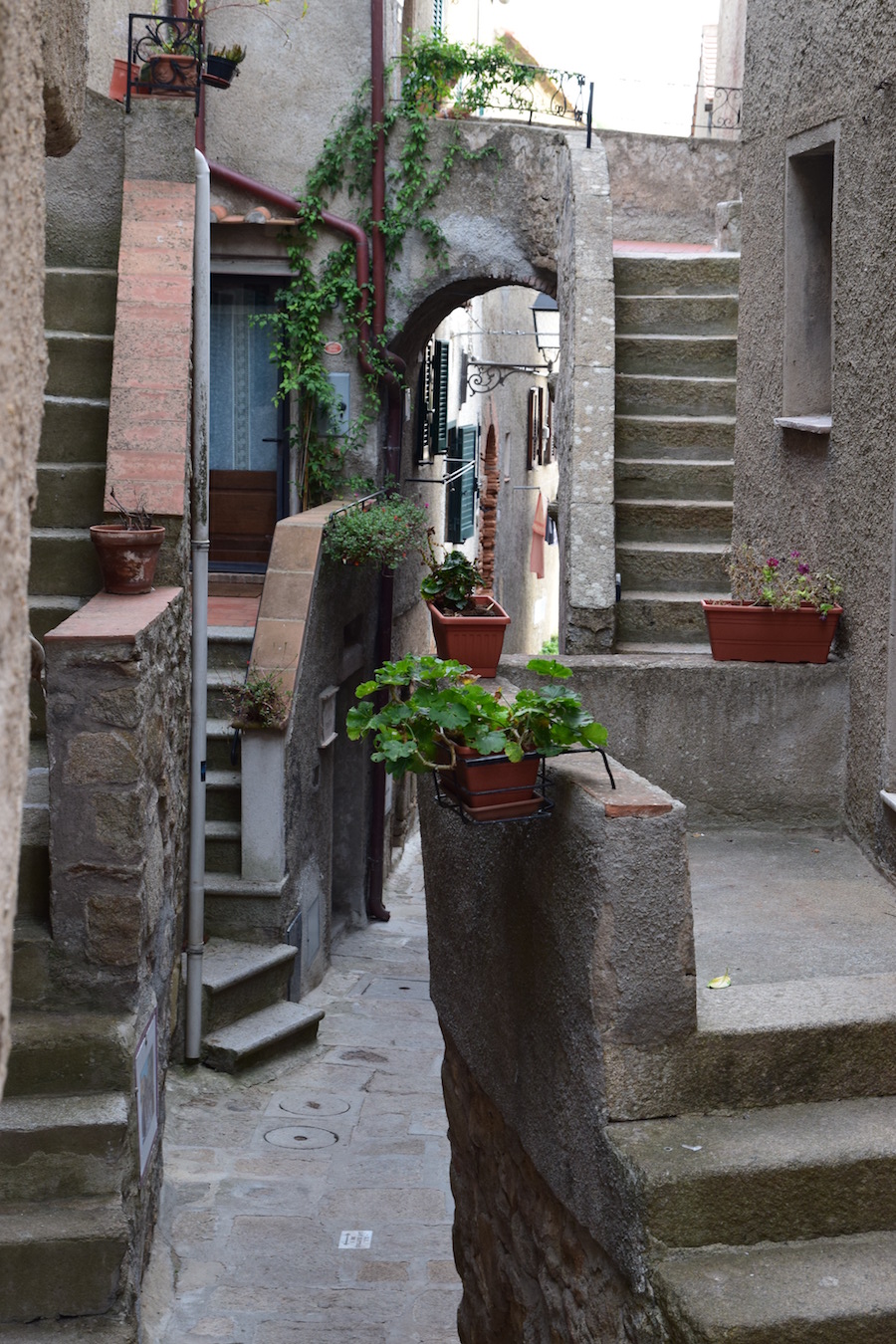
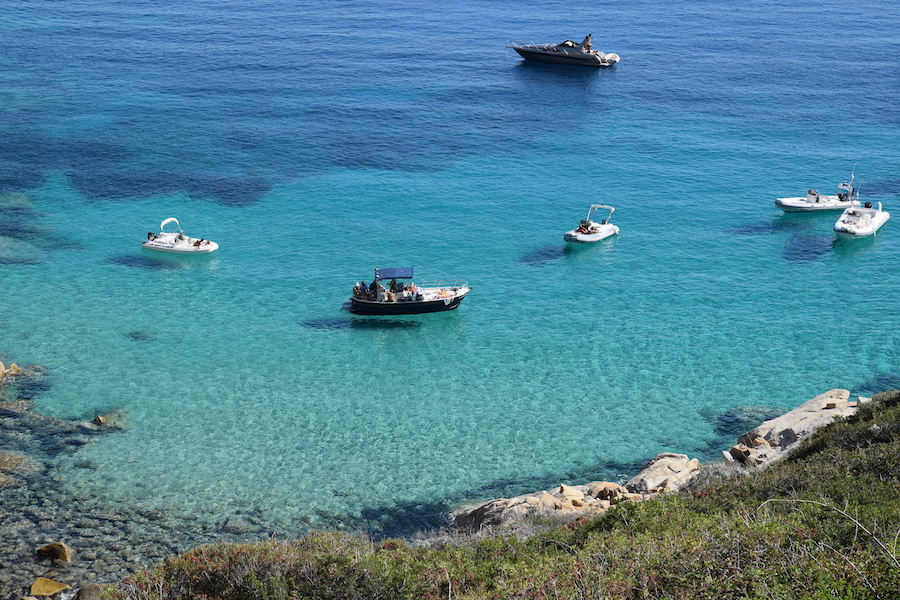
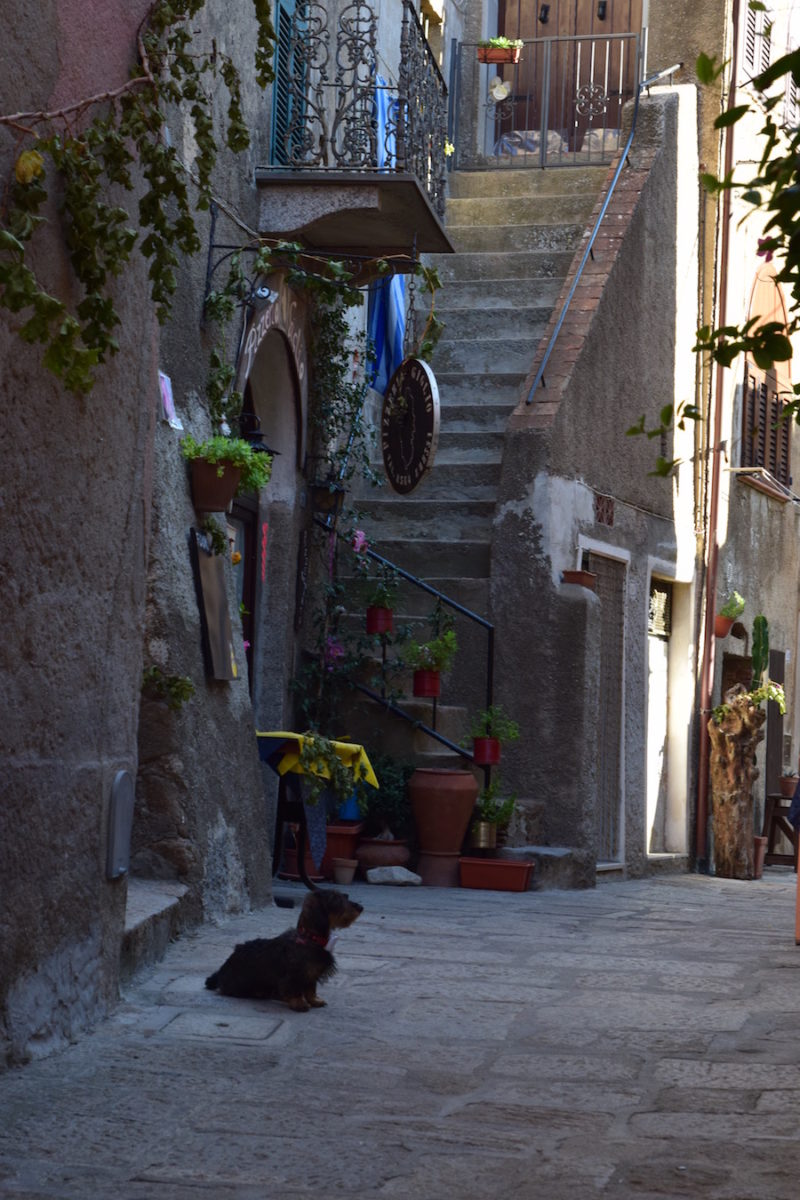
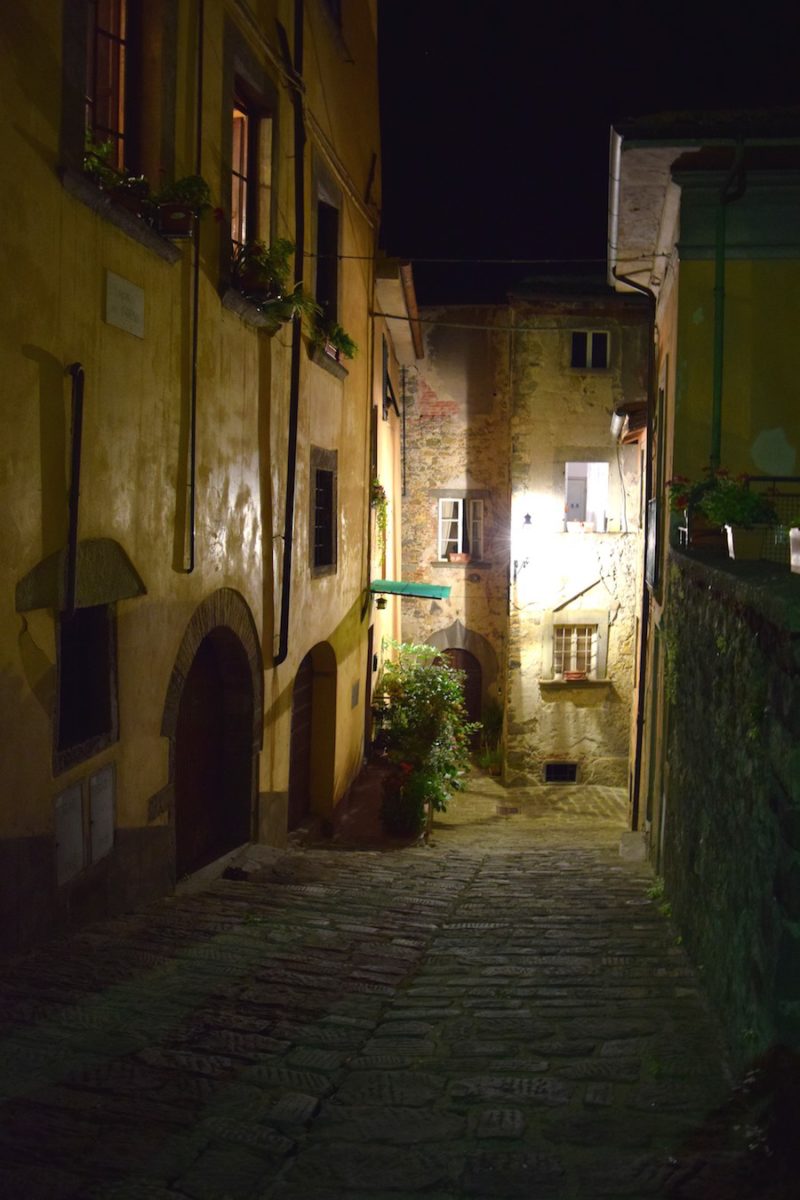

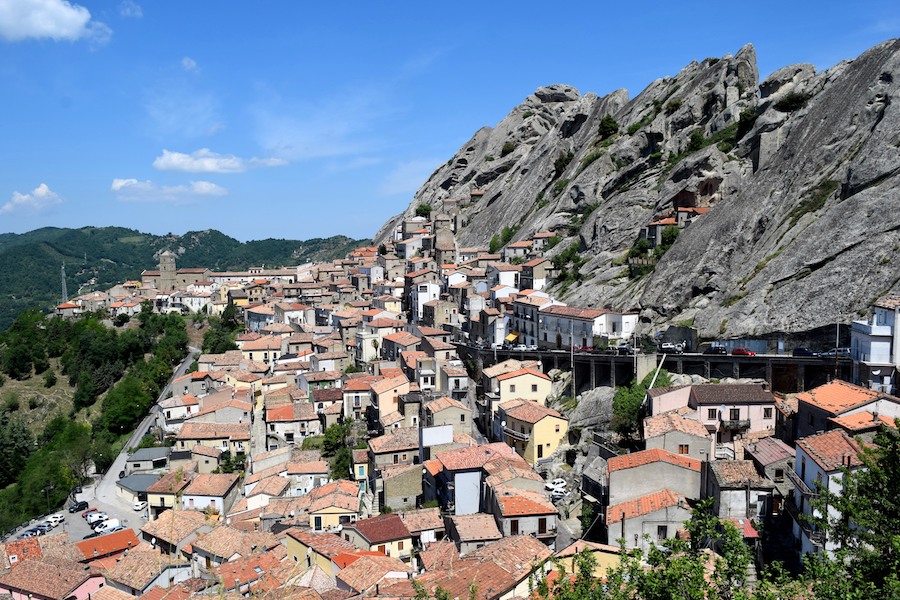
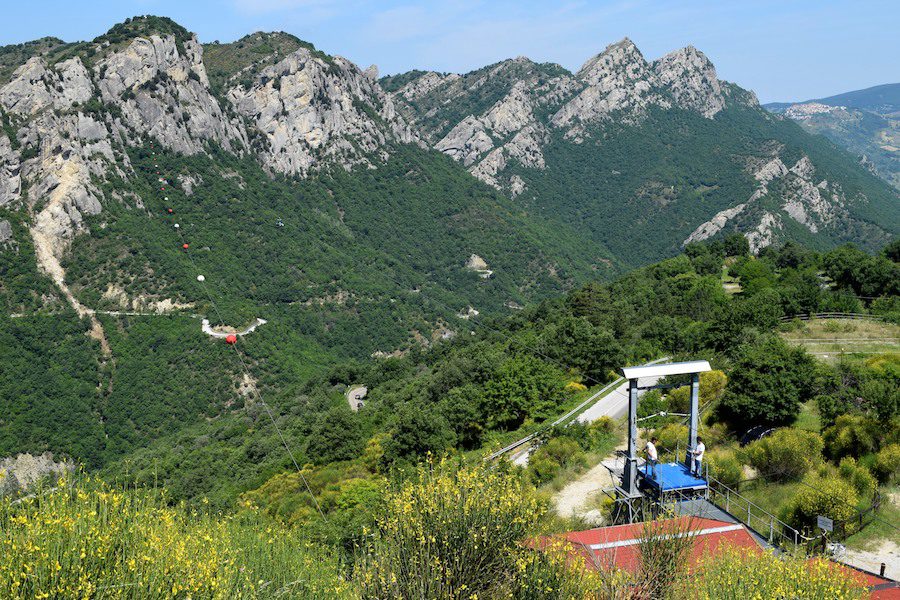
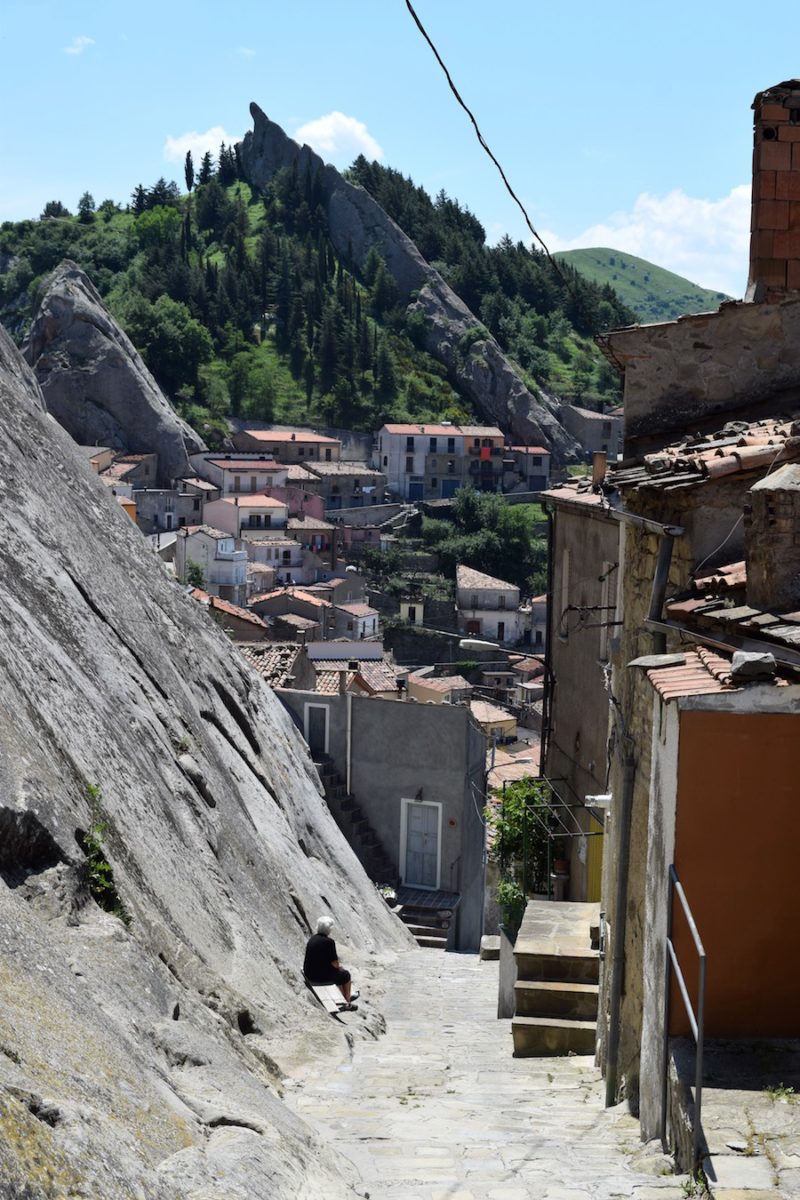
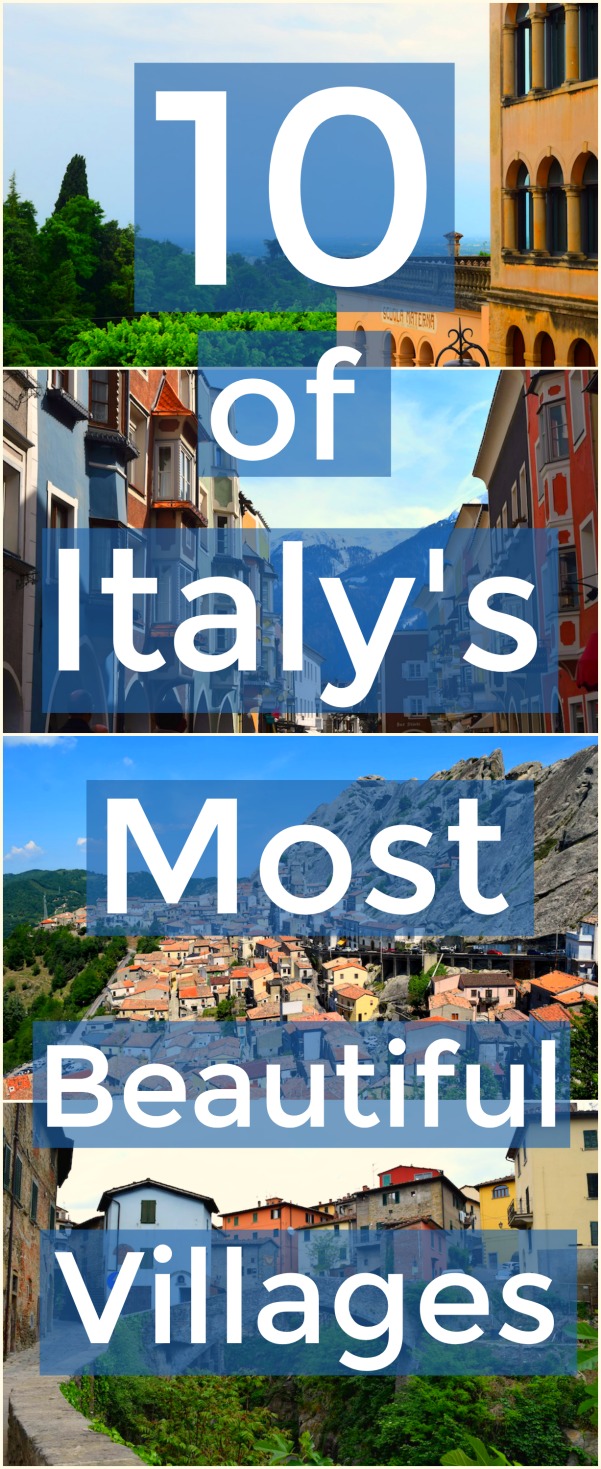


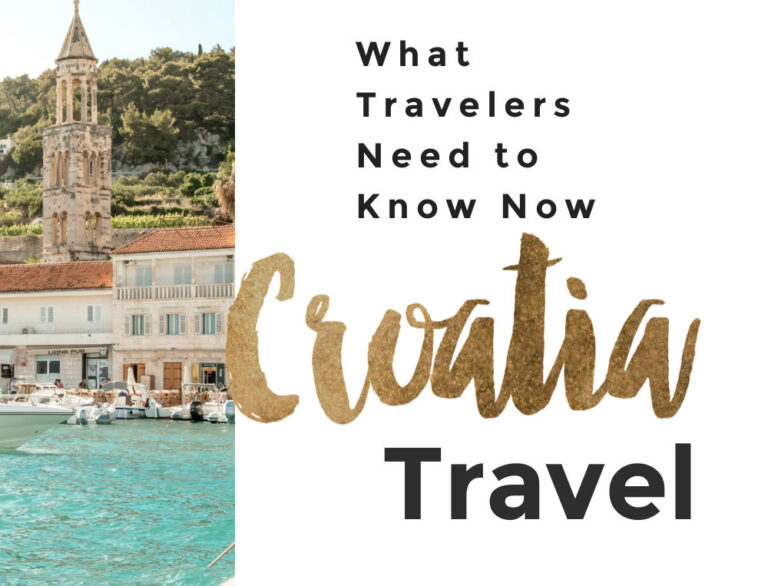

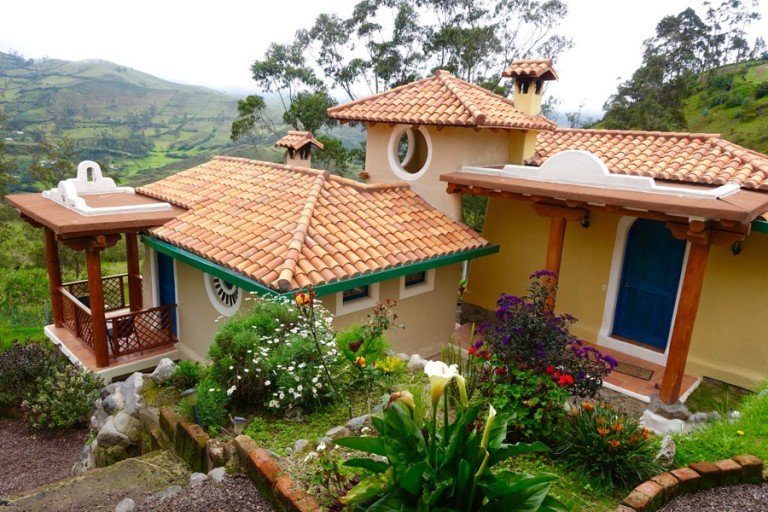
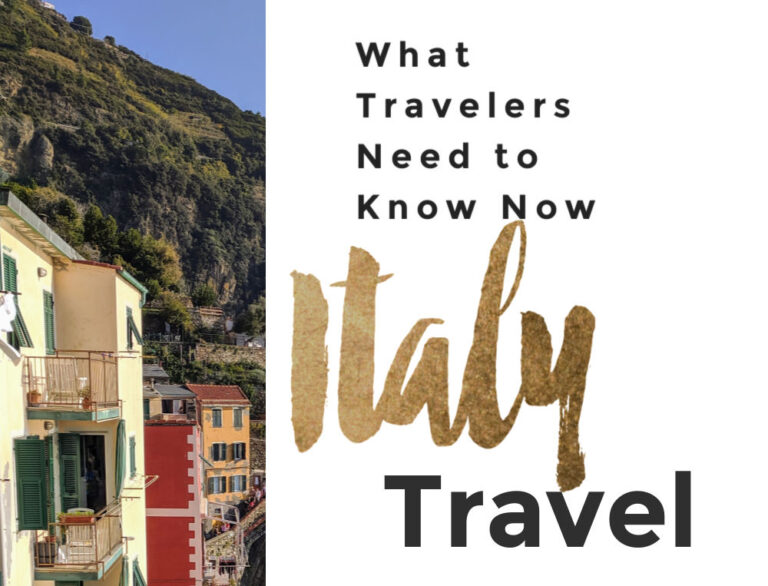
Thank you so much for putting together this list. We love to travel off the beaten path in search of the real soul of the place. Your list will be very helpful for my next Italy trip. I am bookmarking it and pinning it for reference.
Glad to hear you find it helpful. Thanks!
Tuscany is number one! 🙂